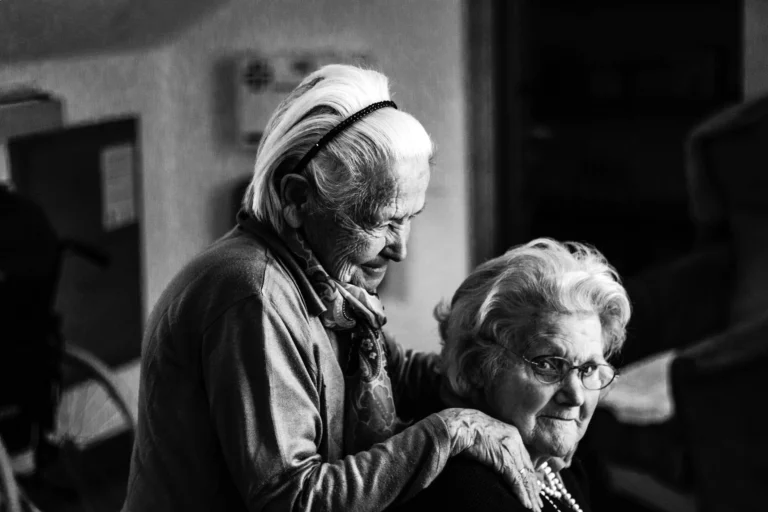When winter sets in, some seniors experience more than just a case of the blues. Shorter days, colder weather, and longer nights can bring on real emotional changes. If your loved one seems more withdrawn, sad, or tired during the colder months, there’s more going on than just cabin fever.
Could it be Seasonal Affective Disorder? Let’s look at what to watch for—and how to help.
What Is Seasonal Affective Disorder?
Seasonal Affective Disorder (SAD) is a type of depression linked to the seasons. Most people feel its effects in fall and winter, when sunlight fades and routines slow down. For older adults, these shifts can hit harder, especially for those already living alone or managing chronic health issues.
SAD isn’t just “feeling down.” It’s marked by symptoms like:
- Low energy
- Sleep changes (usually sleeping too much)
- Loss of interest in activities once enjoyed
- Weight gain or changes in appetite
- Feelings of hopelessness or irritability
These symptoms tend to start in late fall and ease up in spring. But left unaddressed, they can make everyday life feel overwhelming.
Why Are Seniors at Higher Risk?
Seniors often face unique challenges during colder months that can increase their risk for SAD. Reduced mobility, less time outdoors, chronic illnesses, and loss of social connections can all contribute to the perfect storm.
Some older adults may not even realize their mood changes are seasonal. That’s why families and caregivers play a key role in noticing the signs.
Ways to Help Seniors Through Seasonal Depression
Here are some ways you can help your loved one feel more like themselves this winter.
Increase Natural Light
Even 15–30 minutes of morning sunlight can help balance the body’s internal clock and improve mood. If natural light isn’t available, a light therapy box may be recommended by a healthcare provider.
Encourage Movement
Low-impact activities like walking, stretching, or chair yoga can help boost mood and reduce fatigue. Movement, even in short bursts, can lift spirits and improve sleep.
Keep Routines Consistent
Having a steady routine—waking, eating, and sleeping at the same time each day—can give seniors a greater sense of control and stability.
Make Meals Colorful and Nutritious
Depression can lead to changes in appetite. Encourage foods rich in Vitamin D (like salmon or fortified dairy), lean protein, and colorful produce. Hydration matters too—don’t let them forget to drink water throughout the day.
Plan Meaningful Social Time
Whether it’s a phone call with grandkids, a visit from a caregiver, or a scheduled group activity, connection fights isolation. Make these touchpoints part of the weekly rhythm.
Ask a Professional
If symptoms are severe or ongoing, speak with a doctor or mental health specialist. Treatments may include therapy, medication, or supervised light therapy. A professional can help guide the best plan of action.
Home Care Can Make a Big Difference
Many families turn to in-home care during winter months. A caregiver can help with daily routines, provide companionship, encourage activities, and watch for signs of worsening depression.
Some Happier at Home caregivers have even helped seniors return to their usual hobbies by just showing up consistently and being a listening ear.
Remaining at home and independent can be extremely liberating, but also isolating. Our Happier at Home caregivers are there to help when feeling those wintertime blues.
Published June 2024 • Updated August 2025
Reviewed by Debbie Marcello, Founder & CEO of Happier at Home
This content is for informational use only and does not replace medical advice.


